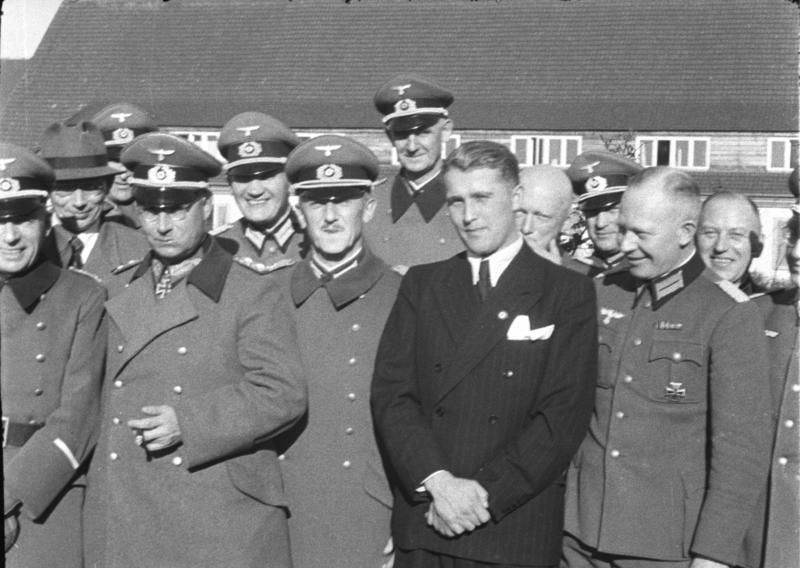"V-2" – aka “Vergeltungswaffe-2” or "Retribution Weapon 2" – was the world's first long-range ballistic missile. It was developed by the German designer Wernher von Braun and was first launched in Germany in March 1942. Attacks using the missile targeting London killed around 2,700 people.
The V-2 had a cruising speed of up to 5,940 km h and a maximum flight range of 320 km. It was the first missile in history to perform a suborbital space flight at an altitude of 188 km in 1944.
Von Braun and his subordinates were recruited as part of the Overcast or Paperclip programme shortly after the end of the war. As early as 20 September 1945, 120 leading German rocket scientists were flown to the United States and stationed at the Fort Bliss military base in Texas.
The first launch of the V-2 in America ended in failure. The rocket turned 90 degrees due to steering problems and fell back to Earth 19 seconds after takeoff. But on 10 May 1946, a demonstration launch was done for the press – the rocket rose to an altitude of 112.9 km. The V-2 was launched on 19 September 1952 for the last time. It was also unsuccessful this time as well due to engine failure and fell out of the sky before reaching 7 km altitude.
The first American Redstone rocket was launched on 20 August 1953 from Cape Canaveral, making yet another unsuccessful launch.
German specialists were also brought to the USSR, including some of those recruited from the American Zone of Occupation. From 18 October to 13 November 1946, 11 launches of the V-2 rocket took place. On 10 October 1948, the first Soviet rocket – called the R-1 or "Volga" and developed by Sergei Korolev, lead Soviet engineer and spacecraft designer – was launched. Soviet missiles at that time were far more advanced than American ones.
Source:
Y. Mozzhorin, A. Eremenko, From the first ballistic missiles to ... // Aviation and Cosmonautics. - Moscow: Military Publishing, 1991. - No. 7.
























